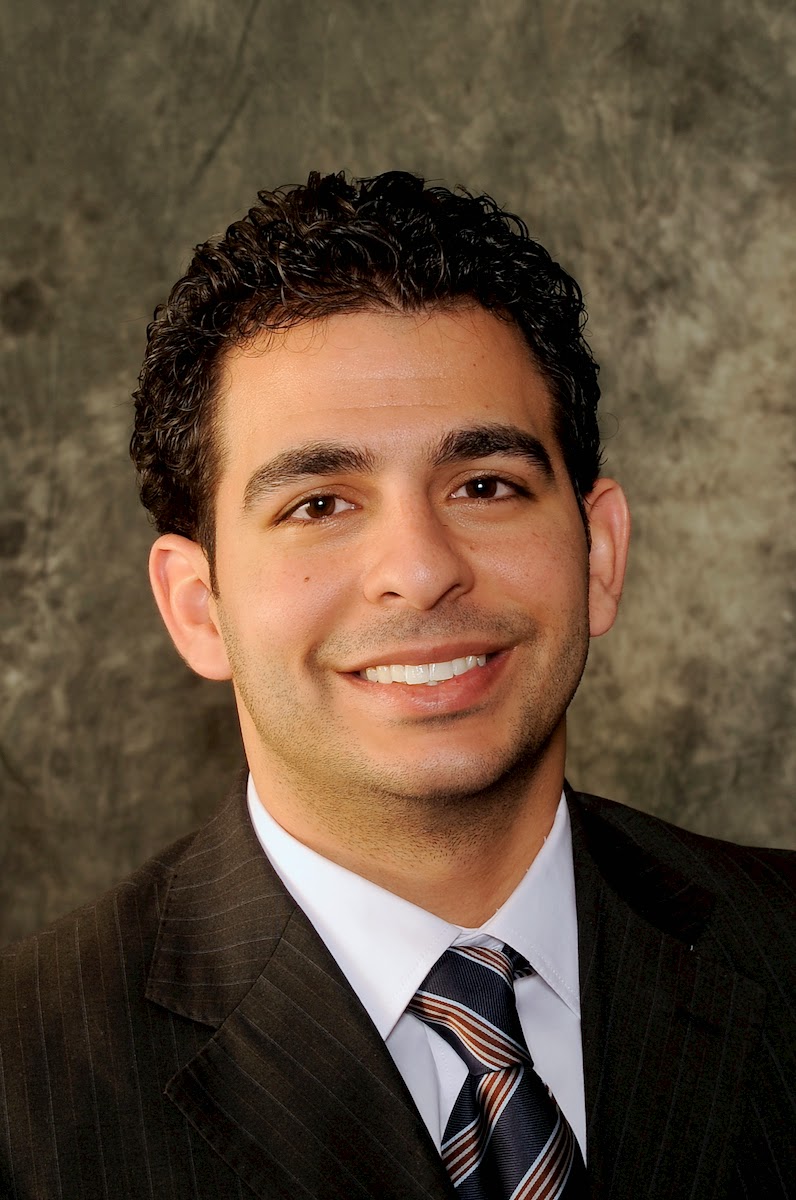Use of Laser in Treating Periodontal Disease
Gingival hypertrophy also known as gingival overgrowth or
enlargements are manifestations of gingivitis, which is an inflammation of the
gums. When left untreated, this can lead
to advanced periodontal disease, tooth decay and the eventual loss of
teeth. Since this disease is painless,
most patients are not even aware that it exists.
Much of the cause of this disease can be traced to
irritation from dental restorations, chronic plaque and tarter build-up and localized
bacterial acidic byproducts that form from bacteria metabolizing food stuffs
trapped in that site. The affected gum
tissues typically show increased fluid in the cells, edema or swelling caused
by fluids and gum overgrowth. This
condition is a perfect breeding ground for bacteria and a potential site for systemic
bacterial infiltration. Research
between systemic diseases and periodontal diseases is ongoing. While a link is
not conclusive, some studies indicate that severe gum disease may be associated
with several other health conditions such as diabetes or stroke.
An effective treatment of this condition can be
performed by using a ND YAG (neodymium-doped yttrium aluminum and garnet)
dental laser. This particular laser has
an affinity to fluids and can safely remove the excess fluids, damaged cells,
and destroys the bacteria with minimal damage to healthy gum tissue. ND YAG laser treatment can also reduce the
swelling and eliminate the periodontal pocketing that can result from this
gingival disease. Often this procedure
can be done without using any local anesthetic and the resulting healing
process is quick and painless.
Here is a picture of a typical gingival enlargement and the
same area after being treated by a ND YAG laser.
Notice the change in tissue.
Early detection is important and good pain-free results can be achieved
with use of this instrument.
by Dr Peter Louie
by Dr Peter Louie




Comments
Post a Comment